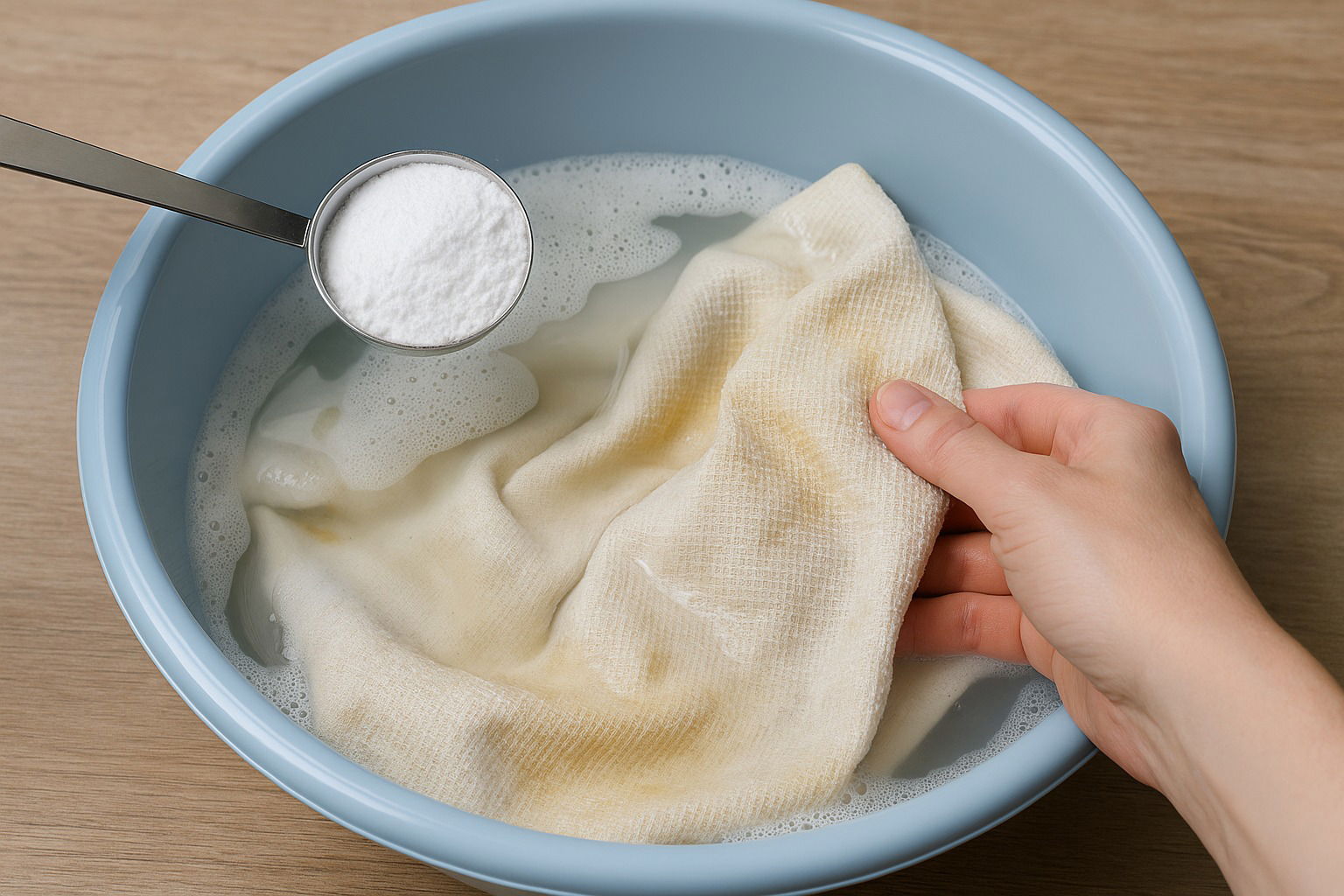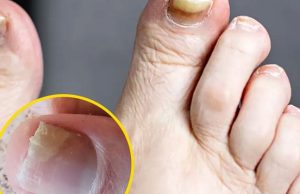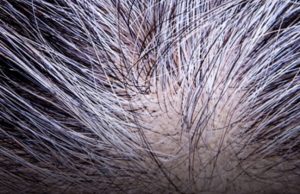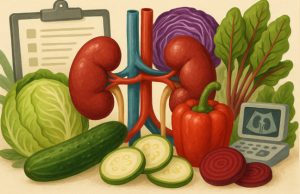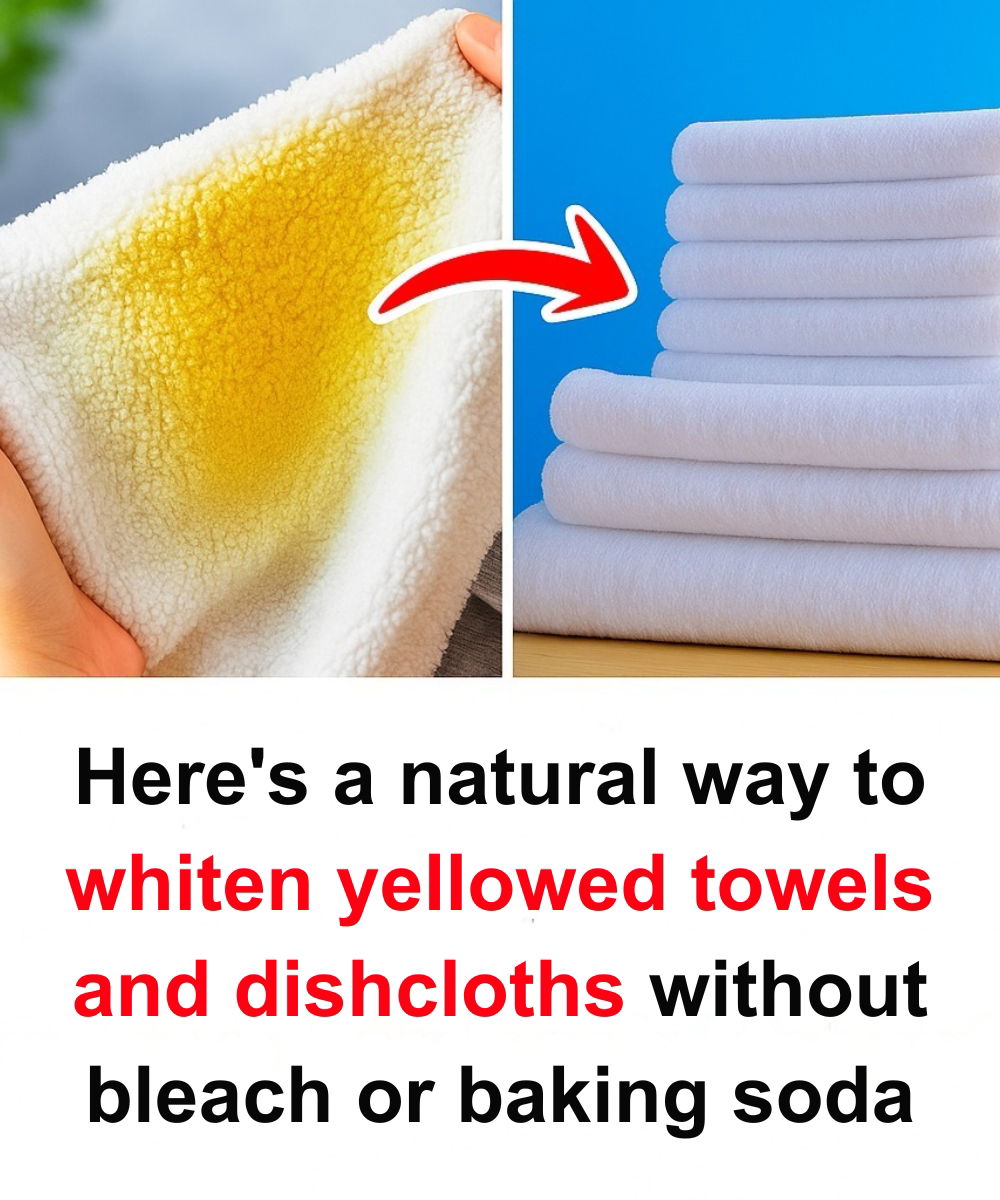
Over time, it’s common for white dish towels, napkins, and bath towels to become yellowed, stained, or dingy.
Many people reach for bleach or baking soda to restore their whiteness, but these methods can be harsh on fabrics, leave behind strong odors, or simply fall short of expectations.
Fortunately, there’s a natural, highly effective, and nearly effortless alternative: sodium percarbonate. It’s budget-friendly, environmentally safe, and can bring fabrics back to their original bright white without heavy scrubbing.
The power of sodium percarbonate
Also called “active oxygen,” sodium percarbonate is a natural bleaching agent activated by hot water.
Unlike conventional bleach, it is non-toxic, produces no harmful fumes, and is gentle on fabrics when used properly.
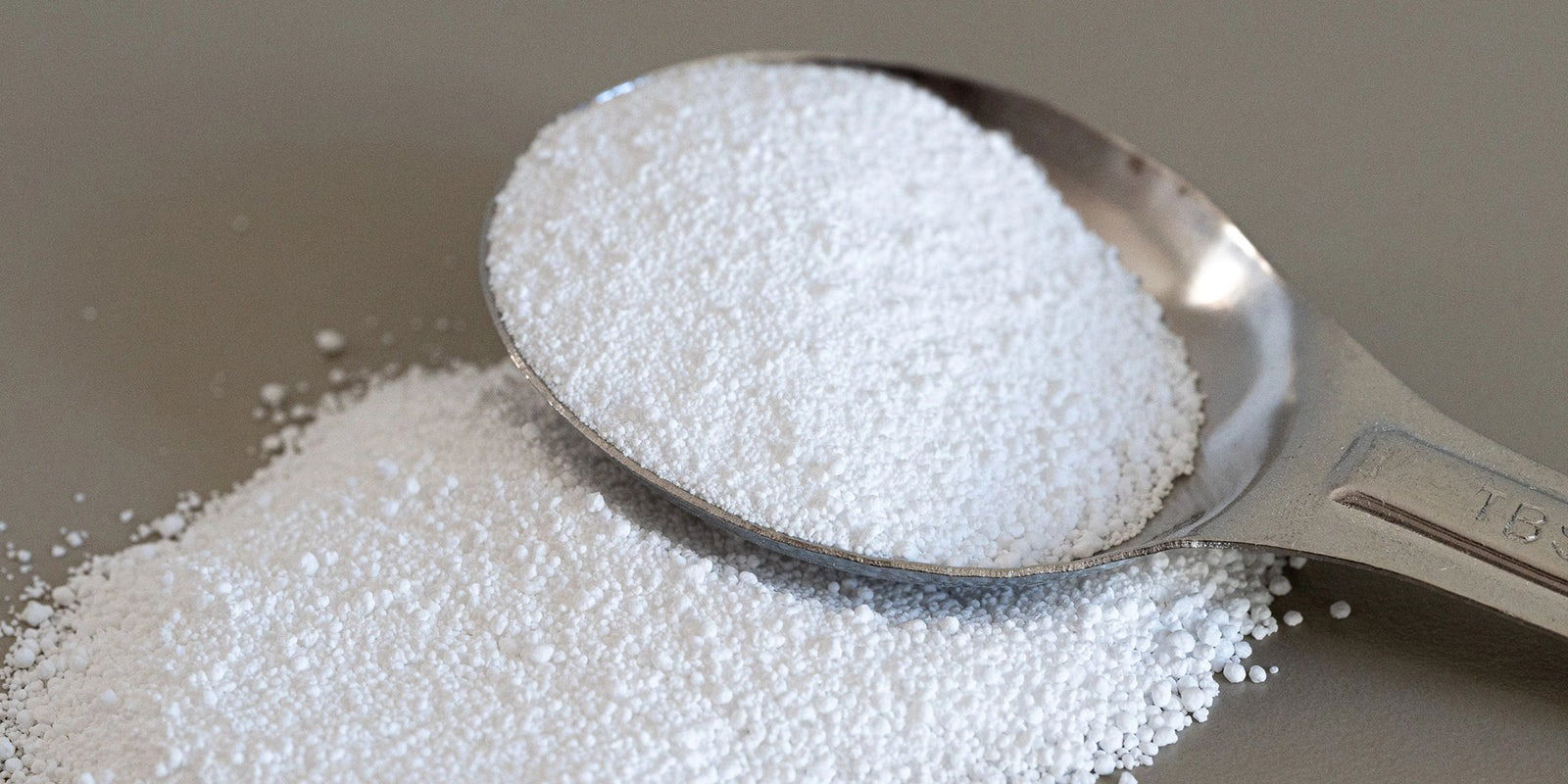
Why does sodium percarbonate whiten so well?
Once dissolved in hot water, it releases active oxygen, which penetrates fabric fibers, lifts stains, and eliminates the yellowing that builds up from wear, detergent residue, or aging. Additionally:
- It won’t damage patterns or fabrics with color accents
- It naturally disinfects
- It leaves no harsh residues like bleach
- It is biodegradable and eco-friendly
How to whiten yellowed tea towels and napkins
Step by step:
1. Make a whitening bath:
Fill a large basin or bucket with very hot water (ideally above 60°C).
2. Add sodium percarbonate:
Mix in two tablespoons of sodium percarbonate and stir until fully dissolved.
3. Soak the fabrics:
Submerge the towels, napkins, or other yellowed items, ensuring they’re completely covered.
4. Let it work:
Let them soak for about two hours. For heavily stained items, you can leave them overnight.
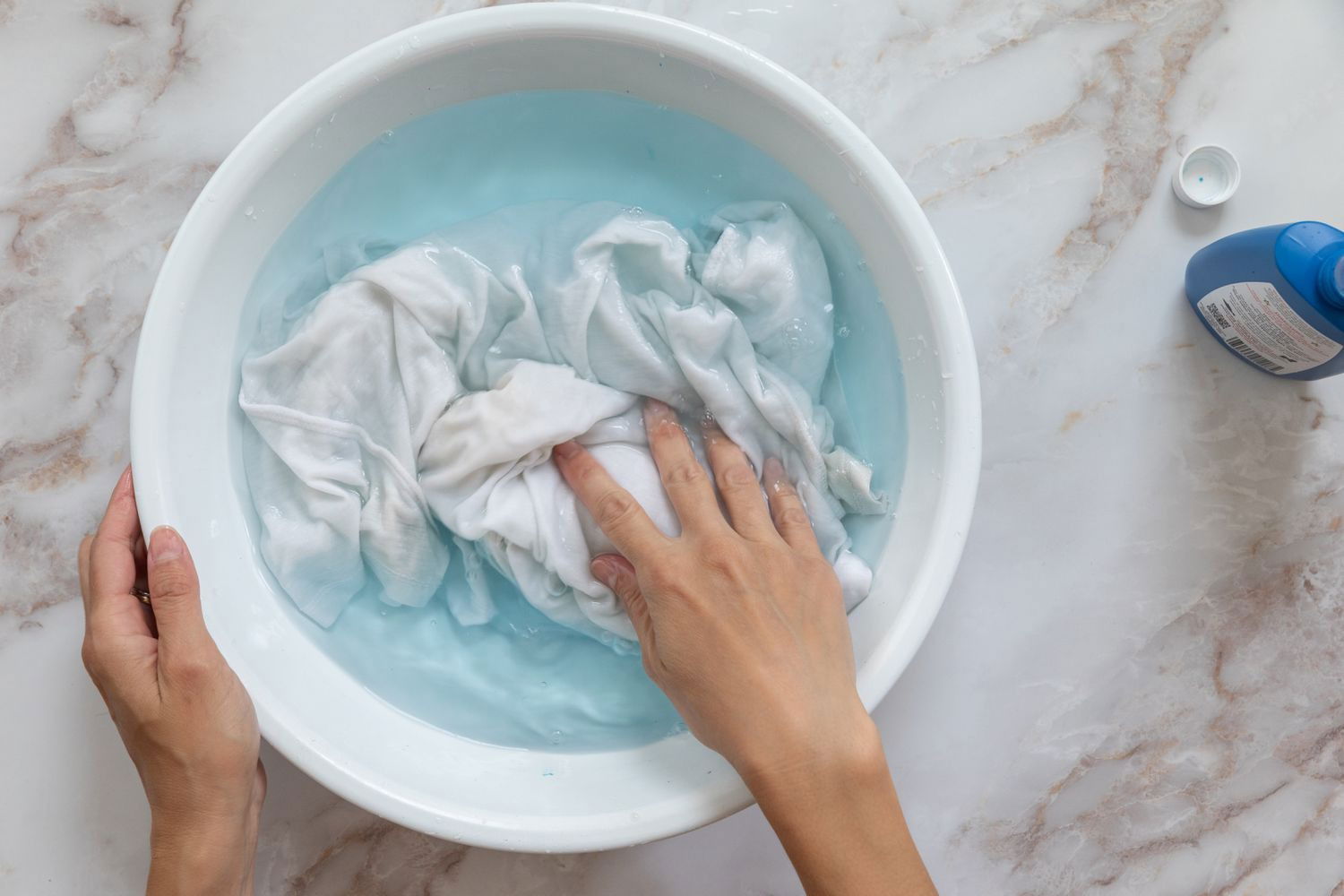
5. Rinse and wash:
After soaking, rinse well with clean water, then wash by hand with neutral soap or as usual in the washing machine.
Extra tips:
Avoid mixing with vinegar or other acids, as they will cancel out the active oxygen’s effects.
Use gloves when handling very hot water to protect your skin.
This whitening method is also great for pillowcases, white underwear, or tablecloths.
Store sodium percarbonate in a tightly sealed container in a dry place, since moisture can activate it prematurely.
